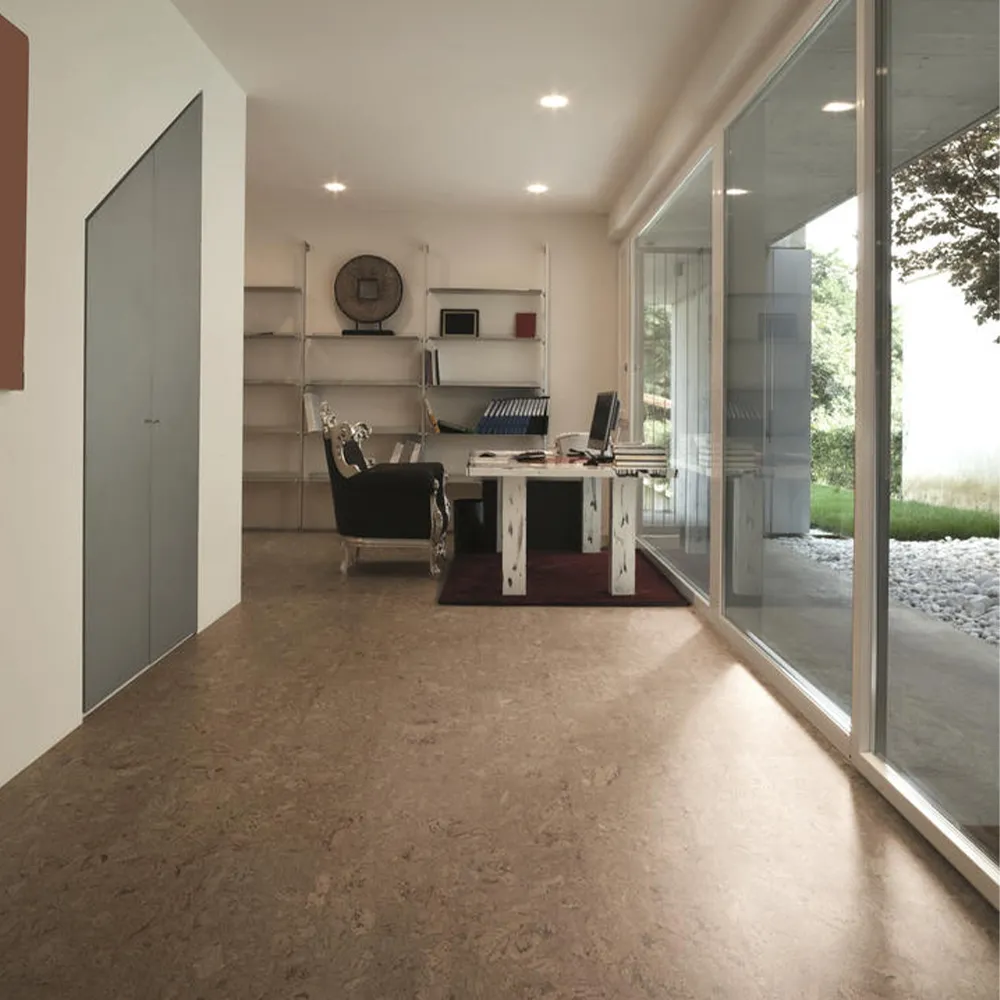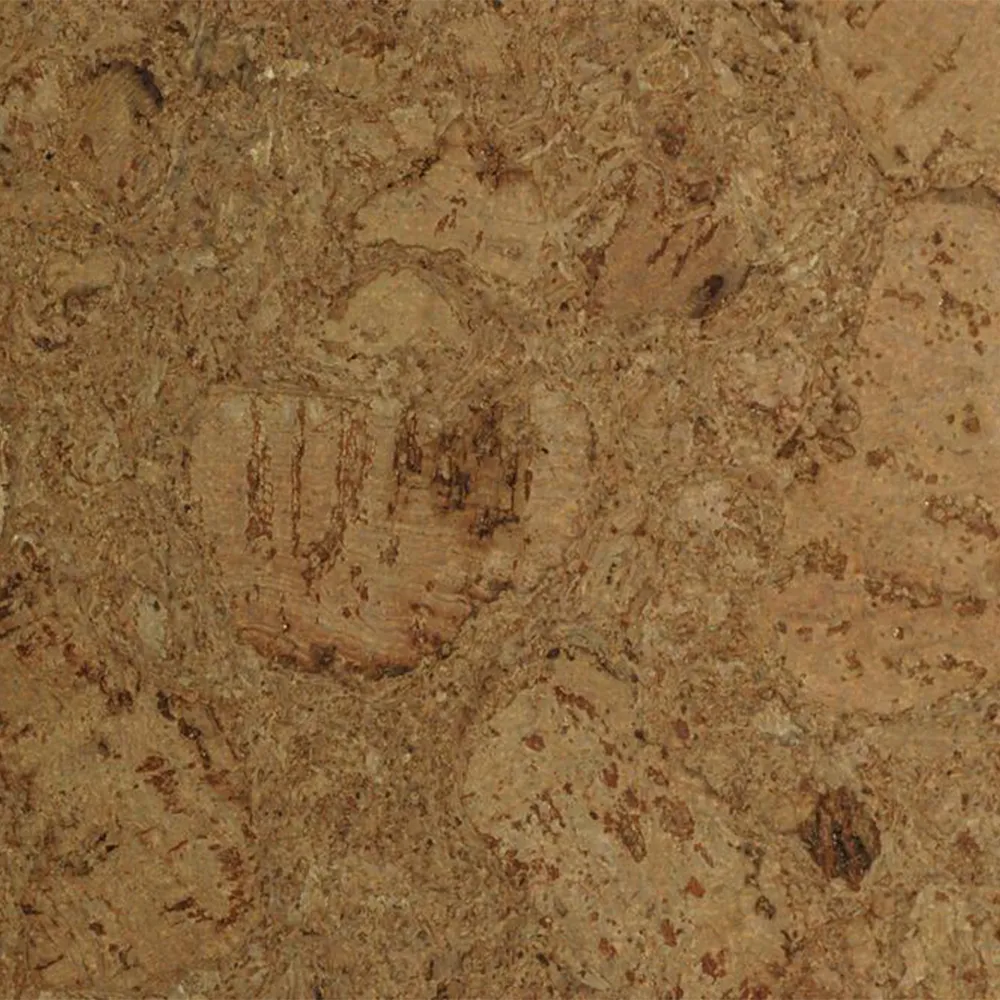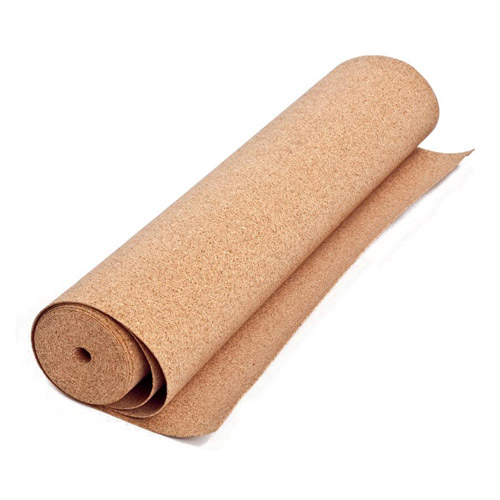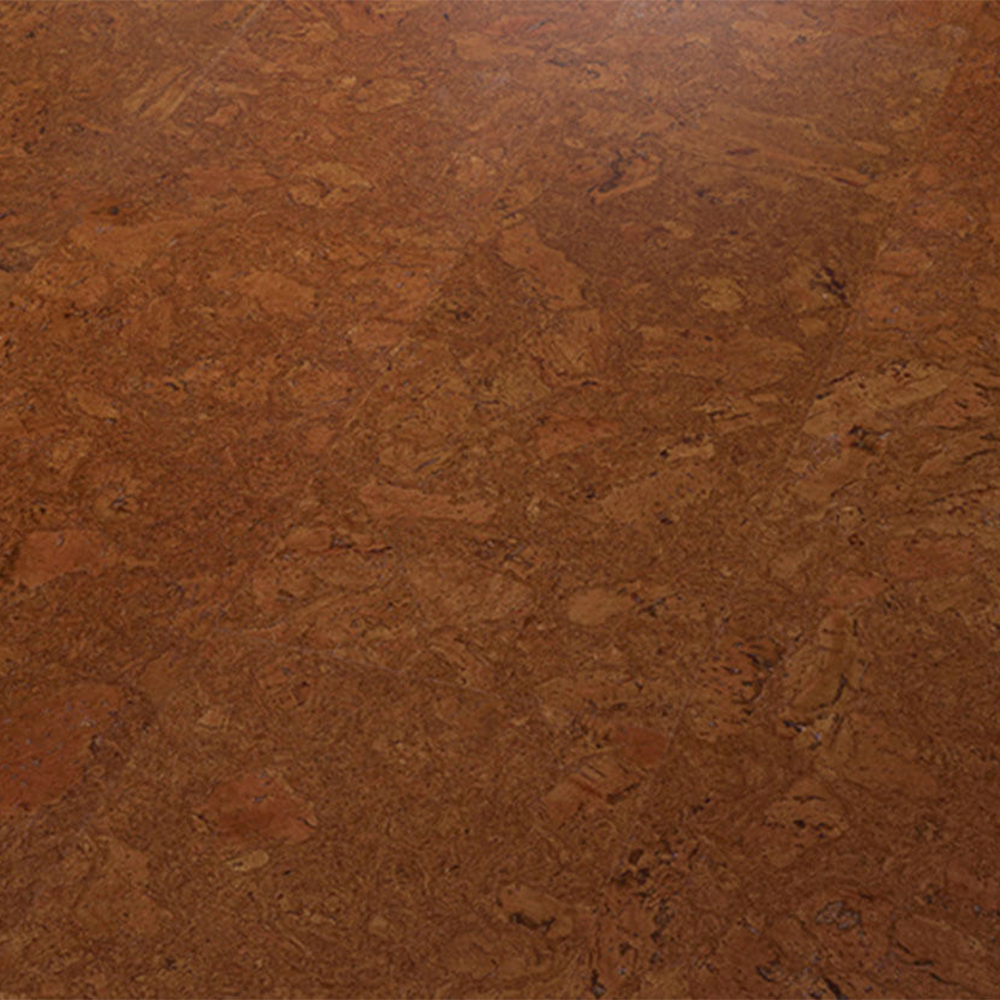What Are The Pros and Cons of Cork Flooring?
Related Product: Cork Laminate Floor Tile Creme 1/2 Inch x 35-5/8 x 11-5/8 Inches
Whether you’re using cork flooring underlayment rolls or are considering cork tiles as your flooring, it’s important to understand how cork performs. We’ve outlined the key cork flooring pros and cons to help you get started.
The Pros of Cork Flooring

Eco-Friendly
When cork is harvested from cork oak trees, the process doesn’t damage or kill the trees. Instead, the cork grows back quickly and can be harvested repeatedly. Cork flooring is an eco-friendly flooring choice, plus it’s biodegradable.
Ideal Insulation
Cork flooring consists of tiny chambers that are filled with air. That design makes it an ideal insulator, so when used as an underlayment, it can help reduce your utility bills. For example, a product like the Cork Underlayment is popular because of its thermal insulating properties.
Resistant to Impact
Cork’s structure makes it highly resistant to impacts, too. Since it can give a bit to pressure, it may help avoid injuries or damage that could occur. For example, if you drop a dish on a cork floor, there’s a greater chance of it not breaking than if you dropped it on a hardwood or tile floor. And if anyone in your family should trip and fall on a cork floor, it’s a more forgiving surface than other types of flooring.
Comfortable
Cork flooring tends to be highly comfortable to walk on, since those air-filled cells create give in the floor, allowing it to compact and expand. Cork flooring products like the Cork Laminate Flooring tiles are a popular choice for spaces like living rooms, bedrooms, and kitchens, where the overall comfort of your flooring is important.
Hypoallergenic
Many individuals prefer cork flooring because it’s hypoallergenic. While synthetic carpet can capture allergens, cork is resistant to mold, mildew, and insects, contributing to a healthier space.
Durable
With proper maintenance, cork can be a durable and long-lasting choice. It can be sanded and refinished to extend its lifespan, and maintenance is generally minimal. If you quickly wipe up spills, wipe the flooring with a damp towel or mop, and sweep up loose dirt, you can keep the floor looking its best.
Easy Installation
Many cork flooring products are designed to be easy to install. For example, the FlexeCork Interlocking Cork Rubber Tile features interlocking edges for a quick and easy installation. These types of projects can allow you to perform the installation yourself, saving on the time and money that a professional installation would require.
The Cons of Cork Flooring

While cork flooring has many perks, there are some downsides to be aware of, too.
Potential Water Damage
While cork is water-resistant, it isn’t waterproof, meaning it can absorb liquids from spills or floods. Regularly sealing your cork floors can help protect them from water absorption, but it’s still important to avoid mopping your cork floor with excess water, which can warp and stain the flooring.
Fading
Cork can fade when exposed to significant sunlight, so it’s not the best choice for rooms that receive lots of sun. To protect your flooring, you will need to use products like curtains or blinds to block the light during very sunny times.
Potential Damage
Cork is soft, which is part of what makes it so comfortable, but that also means that it can be damaged more easily than other, firmer flooring types. Pet nails can scratch the floor, and if you place heavy furniture on the floor, it can create indentations. Frequently moving your furniture can be a key part of your floor’s maintenance, helping to prevent permanent indentations and preserving its appearance.
Cost
Cork flooring isn’t extremely expensive, but it does often cost more than other types of flooring, like laminate or vinyl. That said, remember that cork flooring has many benefits that help justify the cost. Plus, since many cork products are DIY installation-friendly, you can save money on a professional installation and ultimately keep your flooring costs down.



